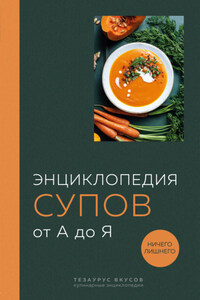Vegetables

A definitive guide to cooking with vegetables, with essential information on buying, preparing and cooking the vast range now available, from one of the most trusted and knowledgeable cookery writers working today.
With more access to quality vegetables than ever before through organic boxes, farmers’ markets and a greater range in supermarkets, more and more of us are moving vegetables centre-stage in our cooking. Sophie Grigson shows that whether we eat fish and meat, or are a vegetarian, vegetables are no longer just an accompaniment.
Organised according to vegetable type, Vegetables is packed with information and personal anecdotes from Sophie – from her tips on how to buy Jerusalem artichokes to her passion for hard–to–find chervil root – together with advice on how to buy, prepare and cook each type of vegetable.
A range of recipes showcase each particular vegetable, from Wild Garlic and New Potato Risotto to Japanese Cucumber Salad to Crisp Slow-Roast Duck with Turnips. Recipes encompass the familiar as well as the more innovative, with both vegetarian, meat and fish dishes fully represented, ranging from soups and starters to full-blown main courses. This definitive book is a great read as well as a recipe source book that is deserving of a place on every cook’s shelf.
Includes:
ROOTS – from Jerusalem artichokes to yams, including potatoes and carrots
SHOOTS AND STEMS – from asparagus to fennel
FRUIT – from aubergine to tomatoes
SQUASHES – from cucumber to winter squashes
PEAS AND PODS – from bean sprouts to peas
ONION FAMILY – from leeks to onions
FLOWERS AND BRASSICAS – from globe artichokes to cauliflower
GREEN AND LEAFY – from pak choi to spring greens
SALAD LEAVES – from watercress to purslane








